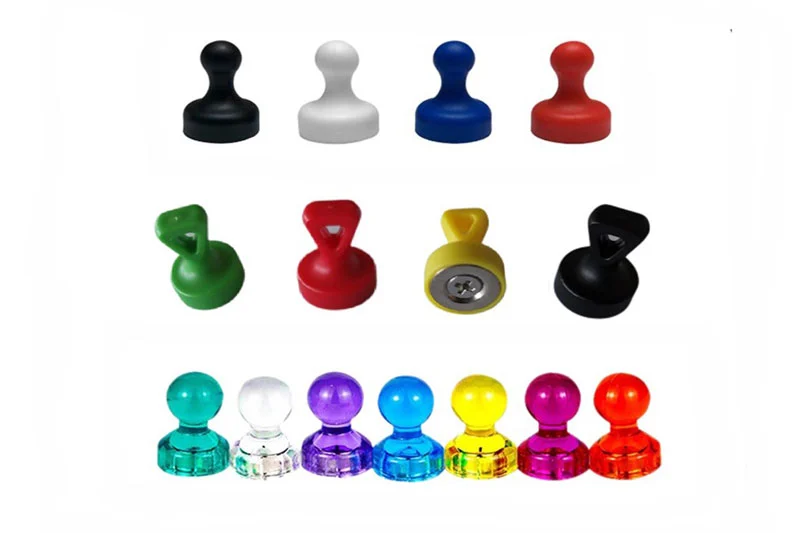NdFeB magnets (Neodymium Iron Boron magnets) have excellent magnetic properties and are also the most commonly used rare earth magnets. They are widely used in consumer electronics, motors, medical equipment, toys, packaging, hardware machinery, aerospace and other fields. However, the metal ions on the surface of NdFeB magnets are very active and easy to react with the outside world. So how to avoid the corrosion of NdFeB magnets? Here are some good methods to avoid the corrosion of NdFeB magnets.
There are several methods to avoid corrosion of wholesale NdFeB magnets:
Phosphating is a metal surface pre-treatment technology based on the principle of chemical conversion film. Phosphating has the following purposes:
1) To a certain extent, protect the substrate from corrosion.
2) Used as primer before painting to improve the adhesion and corrosion resistance of the paint film.
3) Reduce friction and lubricate during metal cold working.
Electroplating is the process of electroplating a thin layer of other metals or alloys on the surface of metal ions by electrolysis. The electroplating process uses electrolysis to attach the surface of the metal or other material to the metal film layer, thereby preventing the oxidation of the metal (such as corrosion) process. Improve wear resistance, corrosion resistance and enhance conductivity, reflectivity, and aesthetics.
Electrophoresis is a technology that separates charged particles with different speeds in an electric field. Electrophoresis is a common anti-corrosion surface treatment, which can be used for sintered Neodymium Iron Boron magnets and bonded Neodymium Iron Boron magnets. The electrophoretic coating not only has good adhesion to the surface of porous magnets, but also has the characteristics of salt spray resistance and acid and alkali corrosion resistance.
There are two types of electrophoretic coatings: anode coating and cathode coating. Anode electrophoresis uses sintered Neodymium Iron Boron magnets as the anode. This method causes the substrate metal and the surface treatment film (such as phosphating film) to be deposited and dissolved at the same time during the electrophoretic process, which reduces the corrosion resistance of the electrophoretic deposition film. Therefore, cathodic electrophoresis is mostly used, which means that sintered Neodymium Iron Boron is used as the cathode and cationic electrophoretic paint is used. This paint is a water-soluble coating formed by neutralizing synthetic resin containing amino groups with organic acids.
Comparison of bonding strength between various coatings and sintered Neodymium Iron Boron magnets:
Type of surface coating | Bonding strength/MPa |
spray paint | 13.18 |
Electroplated nickel-copper-nickel-zinc | 10.73 |
Electroplated nickel-copper-nickel | 6.83 |
Electroplated zinc | 12.98 |
Electrophoretic (black) epoxy resin coating | 28.32 |
Phosphating surface treatment | 27.43 |

Related Article
Please fill the form to let us know your need. Our sales will get in touch with you ASAP.
Related Products